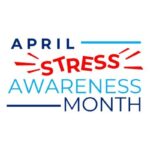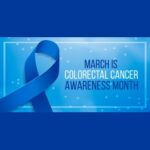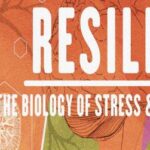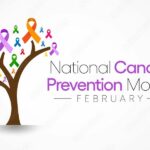Bath Salts
Brief Description
 The term “bath salts” refers to an emerging family of drugs containing one or more synthetic chemicals related to cathinone, an amphetamine-like stimulant found naturally in the Khat plant.
The term “bath salts” refers to an emerging family of drugs containing one or more synthetic chemicals related to cathinone, an amphetamine-like stimulant found naturally in the Khat plant.
Bath salts typically take the form of a white or brown crystalline powder and are sold in small plastic or foil packages labeled “not for human consumption.” Sometimes also marketed as “plant food”—or, more recently, as “jewelry cleaner” or “phone screen cleaner”—they are sold online and in drug paraphernalia stores under a variety of brand names, such as “Ivory Wave,” “Bloom,” “Cloud Nine,” “Lunar Wave,” “Vanilla Sky,” “White Lightning,” and “Scarface”.
The energizing and often agitating effects reported in people who have taken bath salts are consistent with other drugs like amphetamines and cocaine that raise the level of the neurotransmitter dopamine in brain circuits regulating reward and movement. A surge in dopamine in these circuits causes feelings of euphoria and increased activity. A similar surge of the transmitter norepinephrine can raise heart rate and blood pressure. Bath salts have been marketed as cheap (and until recently, legal—see Box) substitutes for those stimulants. A recent study found that MDPV—the most common synthetic cathinone found in the blood and urine of patients admitted to emergency departments after bath salts ingestion—raises brain dopamine in the same manner as cocaine but is at least 10 times more potent.
The hallucinatory effects often reported in users of bath salts are consistent with other drugs such as MDMA or LSD that raise levels of another neurotransmitter, serotonin. A recent analysis of the effects in rats of mephedrone and methylone showed that these drugs raised levels of serotonin in a manner similar to MDMA.

Effects
 Reports of severe intoxication and dangerous health effects associated with use of bath salts have made these drugs a serious and growing public health and safety issue. The synthetic cathinones in bath salts can produce euphoria and increased sociability and sex drive, but some users experience paranoia, agitation, and hallucinatory delirium; some even display psychotic and violent behavior, and deaths have been reported in several instances.
Reports of severe intoxication and dangerous health effects associated with use of bath salts have made these drugs a serious and growing public health and safety issue. The synthetic cathinones in bath salts can produce euphoria and increased sociability and sex drive, but some users experience paranoia, agitation, and hallucinatory delirium; some even display psychotic and violent behavior, and deaths have been reported in several instances.
Health Concerns
Bath salts have been linked to an alarming surge in visits to emergency departments and poison control centers across the country. Common reactions reported for people who have needed medical attention after using bath salts include cardiac symptoms (such as racing heart, high blood pressure, and chest pains) and psychiatric symptoms including paranoia, hallucinations, and panic attacks.
Patients with the syndrome known as “excited delirium” from taking bath salts also may have dehydration, breakdown of skeletal muscle tissue, and kidney failure. Intoxication from several synthetic cathinones including MDPV, mephedrone, methedrone, and butylone has proved fatal in several instances.
Early indications are that synthetic cathinones have a high abuse and addiction potential. In a study of the rewarding and reinforcing effects of MDPV, rats showed self-administration patterns and escalation of drug intake nearly identical to methamphetamine. Bath salts users have reported that the drugs trigger intense cravings (or a compulsive urge to use the drug again) and that they are highly addictive. Frequent consumption may induce tolerance, dependence, and strong withdrawal symptoms when not taking the drug.
The dangers of bath salts are compounded by the fact that these products may contain other, unknown ingredients that may have their own harmful effects.
Also, drug users who believe they are purchasing other drugs such as ecstasy may be in danger of receiving synthetic cathinones instead. For example, mephedrone has been found commonly substituted for MDMA in pills sold as ecstasy in the Netherlands.
Source: NIDA (National Institute on Drug Abuse)










